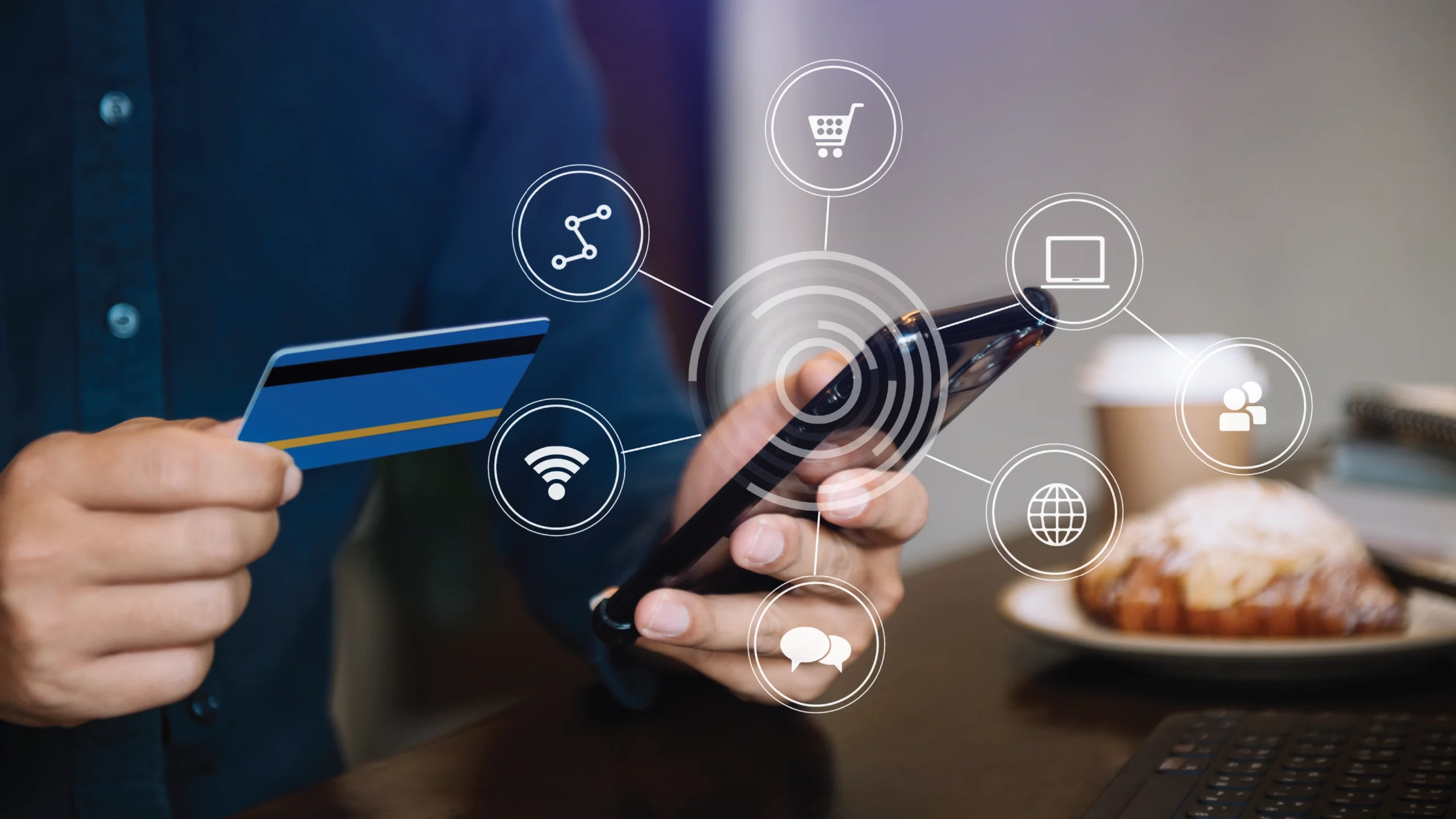From shopping, traveling, borrowing, or even reserving seats at your favorite restaurants, online payments have made lives easier. The robust fintech system of India has made the world our oyster, and digital payments continue to save us time and money.
But where did it all begin for us?
The journey so far
Following the withdrawal of high-value currency notes in 2016, activity at PoS terminals in India saw exponential growth. Of course, there were a plethora of challenges. About a decade ago, India hesitated to indulge in online financial transactions, citing security as the biggest concern. eBanking has been a part of our business spectrum since the early 2000s, but that was only limited to big transactions. Moreover, the usage of debit and credit cards, initially, was confined to just metro cities.
Since then, plenty of events have strengthened India’s confidence in digital payments – the two most crucial being demonetization and the pandemic. Increased availability of low-cost smartphones and easy access to 4G further accelerated our acceptability of transacting online.
National Payments Corporation of India (NPCI) revolutionized the payments infrastructure with initiatives such as IMPS, UPI, Bharat BillPay, Electronic Toll Collection through FASTags, etc. The RBI and the government also have played a huge role in building a cash-less or a cash-lite society. Fintech firms have played their part excellently by constantly innovating and disrupting the financial industry.
All this led to India’s digital payment volume climbing at an average annual rate of about 50% over the last 5 years, making it one of the world’s fastest-growing rates.
And now, there is no looking back.
Fueling economic growth
Cashless transactions encouraged people to purchase more, and this transformation can enable India to be an economic powerhouse in the coming years. This is possible owing to the reduction in expenses for producing and distributing cash as well as the increase in transparency and accountability.
Several businesses have also emerged and going global has become easier. Services such as cabs and food aggregators owe most of their growth to online transactions.
Over the years, the middle-class population has witnessed a drastic increase in purchasing power. There has been a shift in spending habits – apart from the usual expenses on groceries and fuel, spending on clothing, restaurants, jewelry, etc., has risen considerably. A huge chunk of this business is through digital means.
The way forward
We are just getting started! The generations to come will witness myriads of innovations and improvements in the sector. The trends are already changing, with more focus on voice or iris recognition for authentication, blockchain technology, wearable payment devices, and so much more.
Initiatives by the government and the RBI are also fueling the significant rise in digital innovations. This has also paved the way for foreign investors to establish their presence in India. With all this happening and more, we can safely say that the dream of #DigitalIndia is not that far away!
